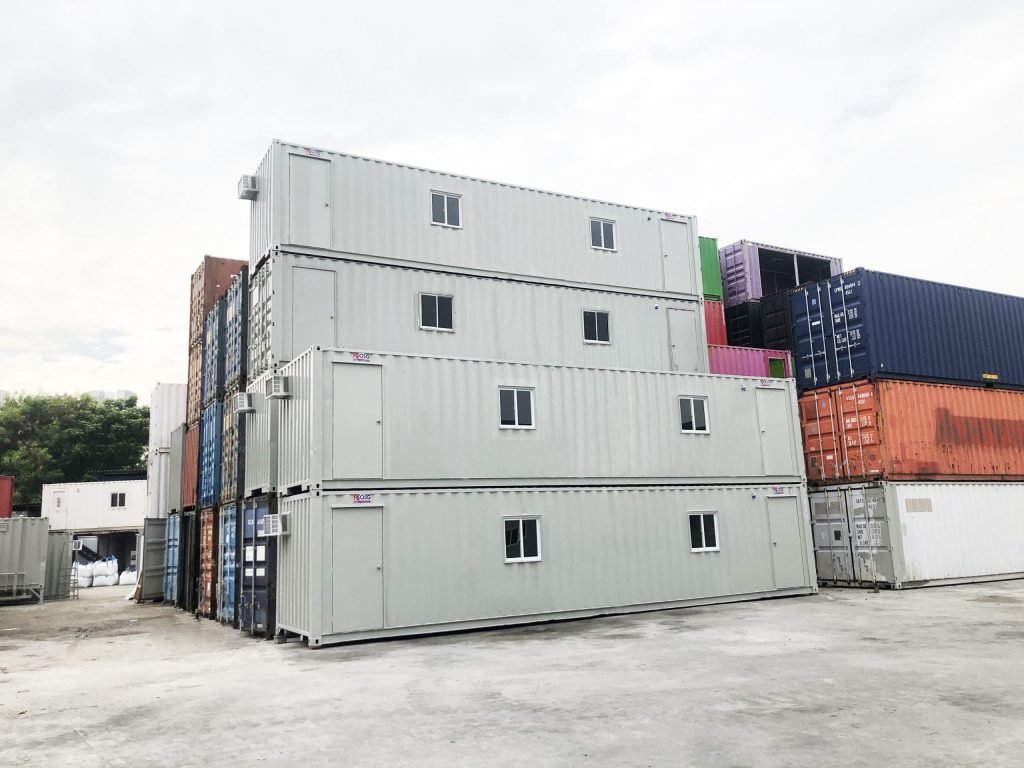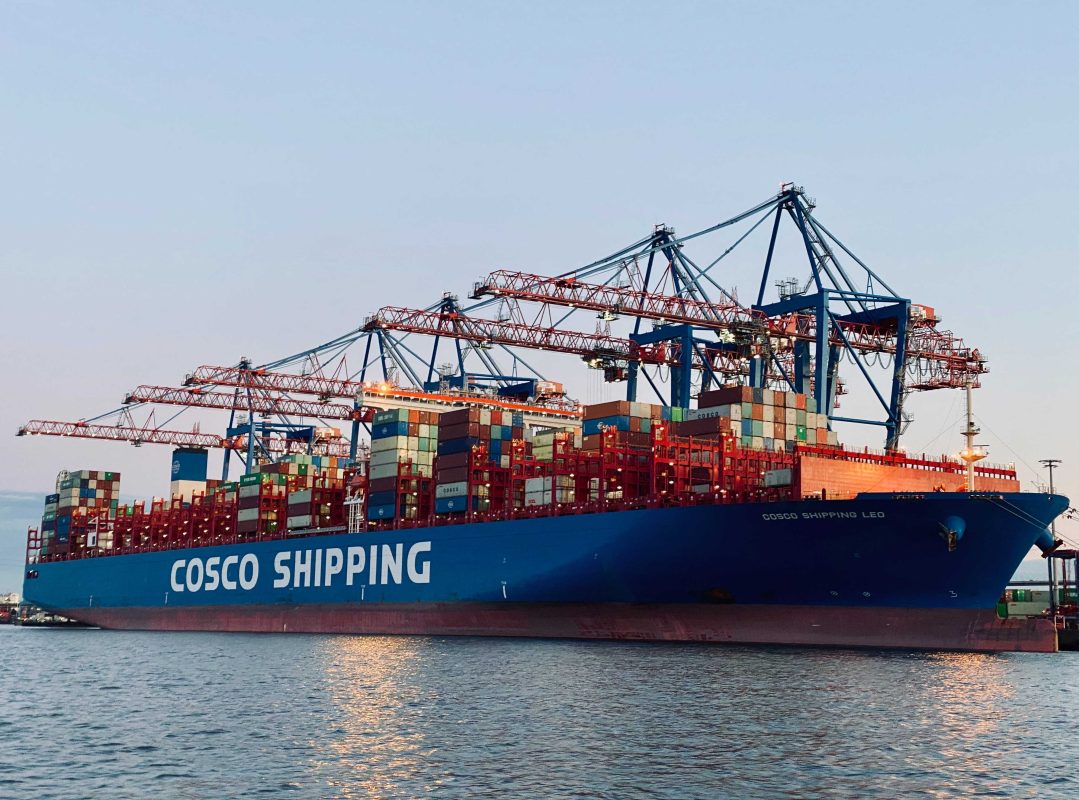The Legal Side of Shipping Container Conversions: What You Need to Know
Shipping container conversions have surged in popularity as innovative solutions for everything from homes and offices to pop-up shops and cafes. These versatile structures offer a unique blend of durability, affordability, and flexibility. However, before diving into a shipping container conversion project, it’s crucial to understand the legal implications involved. Here’s a comprehensive guide to navigating the legal side of shipping container conversions.
1. Zoning and Land Use Regulations
The first step in any shipping container conversion is to check local zoning and land use regulations. Zoning laws dictate how properties can be used and developed. They vary widely depending on your location, so it’s essential to consult your local zoning office or planning department.
- Residential Zones: If you’re converting a shipping container into a home, you’ll need to ensure the property is zoned for residential use. Some areas may have specific requirements for unconventional housing structures.
- Commercial Zones: For commercial conversions, such as retail spaces or offices, verify that the property’s zoning allows for such uses. You might also need to meet additional requirements related to parking, signage, and accessibility.
2. Building Codes and Permits
Building codes are essential for ensuring that construction is safe and up to standard. When converting a shipping container, you’ll need to comply with local building codes, which govern aspects such as structural integrity, insulation, and safety.
- Permits: Most jurisdictions require permits for significant modifications or new constructions, including shipping container conversions. The permit process involves submitting plans and specifications for review. It’s crucial to work with a licensed architect or engineer who understands the unique challenges of shipping container construction.
- Inspections: Once your project is underway, you’ll likely need to schedule inspections at various stages to ensure compliance with building codes. This may include inspections of the foundation, structural modifications, and final occupancy.
3. Structural Modifications and Engineering
Shipping containers are built to be strong and durable, but converting them for different uses often involves structural modifications. It’s vital to ensure these changes are performed correctly and meet safety standards.
- Structural Integrity: Removing walls or adding windows and doors can compromise the container’s structural integrity. Engaging a structural engineer to assess and reinforce the container is often necessary.
- Load-Bearing Requirements: If the container will be stacked or used in a multi-story structure, additional considerations for load-bearing and stability are required.
4. Health and Safety Standards
Health and safety standards are crucial for any building or structure. When converting a shipping container, several specific issues need to be addressed:
- Ventilation: Shipping containers are airtight, which can lead to issues with ventilation and air quality. Proper ventilation systems must be installed to ensure a healthy indoor environment.
- Insulation and Temperature Control: Containers can experience extreme temperatures. Effective insulation and climate control systems are necessary to make the space comfortable and livable.
- Electrical and Plumbing Systems: All electrical and plumbing work must comply with local codes. This includes ensuring that installations are safe, efficient, and up to code.
5. Environmental Considerations
Shipping container conversions can be environmentally friendly, but there are still environmental considerations to keep in mind:
- Waste Disposal: Proper disposal of any waste generated during the conversion process is essential. This includes hazardous materials like lead paint or asbestos, which may be present in older containers.
- Sustainability: Consider incorporating sustainable practices and materials into your conversion to enhance its environmental benefits. This might include using energy-efficient systems or installing green roofs.
6. Property Taxes and Insurance
Converting a shipping container can affect property taxes and insurance requirements. Be sure to address the following:
- Property Taxes: A shipping container conversion might alter the assessed value of your property, which can impact your property taxes. Check with your local tax assessor’s office to understand any potential changes.
- Insurance: Ensure that your shipping container is adequately covered by insurance. This includes not only property insurance but also liability coverage in case of accidents or damages.
Conclusion
Shipping container conversions offer exciting opportunities for creative and cost-effective building solutions. However, navigating the legal side of these projects is crucial to ensure compliance with local regulations, building codes, and safety standards. By thoroughly researching zoning laws, obtaining necessary permits, and working with professionals, you can successfully transform a shipping container into a functional and stylish space while avoiding potential legal pitfalls.




